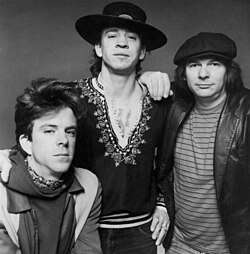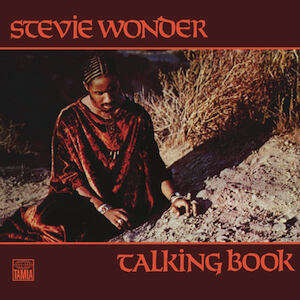
Stevie Ray Vaughan’s Crossfire captures the brilliance and heartbreak of a Blues legend whose life and career were tragically cut short.
When you think of Blues guitar, few names resonate as deeply as Stevie Ray Vaughan. Yet, it’s remarkable to realize that Vaughan’s recording career lasted just seven years before it was tragically cut short by a helicopter crash in 1990. In that brief span, he produced four original albums, leaving a legacy so powerful that it continues to inspire musicians and fans alike.
Vaughan, born and raised in Texas, grew up steeped in the Blues. He picked up a guitar as a child and, driven by passion, left high school to pursue music full-time. By the late 1970s, he had built a reputation as a prodigy in Austin’s vibrant music scene. His big break came at the Montreux Jazz Festival, where David Bowie spotted him. Impressed, Bowie invited Vaughan to play guitar on his 1983 album Let’s Dance, giving Vaughan international exposure and setting the stage for his own rise to fame.
Soon after, Vaughan teamed up with bassist Tommy Shannon and drummer Chris Layton to form Stevie Ray Vaughan and Double Trouble. Their debut album, Texas Flood, was hailed as a modern Blues masterpiece, and Vaughan’s fiery, soulful guitar work brought a renewed popularity to the genre, opening doors for artists like Robert Cray and Canada’s Jeff Healey.
Yet Vaughan’s career was not without struggle. Addiction to drugs and alcohol threatened both his personal life and professional trajectory. After losing his marriage, he entered rehab, emerging with a renewed focus and a newfound clarity of purpose. The result was In Step, a deeply personal album that reflected his journey to sobriety. From that album came Crossfire, a single that became his highest-charting hit and a defining moment of his career.
Vaughan’s influence went beyond chart success. His perseverance inspired fellow musicians, including Bonnie Raitt, who credited him with giving her the courage to confront her own addiction. On stage, Vaughan’s guitar seemed to dance under his fingertips, a commanding presence reminiscent of Jimi Hendrix. His playing combined technical brilliance with raw emotion, creating performances that remain breathtaking decades later.
Tragically, Vaughan’s life ended at just 35 years old. Yet in that short time, he won six Grammy Awards and earned a place in the Rock & Roll Hall of Fame and numerous Blues halls of fame. Though his career was brief, the depth of his artistry ensures that every note he played continues to echo through the music world.
Crossfire stands as a testament to Vaughan’s enduring talent—a song born from personal struggle, elevated by sheer mastery of his instrument, and immortalized in the annals of modern music history. For those discovering Stevie Ray Vaughan for the first time, or returning to his music after years away, Crossfire offers a window into the brilliance of a man who, despite a tragically short life, played as if the world were his stage.
Sources:
- KEXP-FM
- Rolling Stone
- Wikipedia
Image: Publicity photo by Don Hunstein



 The Second Life of “Unchained Melody”: A 25-Year Comeback
The Second Life of “Unchained Melody”: A 25-Year Comeback
 The Perfect Halloween Playlist: 20 Songs to Make Your Spooky Season Unforgettable
The Perfect Halloween Playlist: 20 Songs to Make Your Spooky Season Unforgettable
 Stevie Wonder’s Talking Book: The Album That Defined a Legend
Stevie Wonder’s Talking Book: The Album That Defined a Legend
 New Music Monday: The Crunch of Autumn's Soundtrack
New Music Monday: The Crunch of Autumn's Soundtrack
 Rush Announces “Fifty Something” Tour with Canadian Dates in 2026
Rush Announces “Fifty Something” Tour with Canadian Dates in 2026













Comments
Add a comment